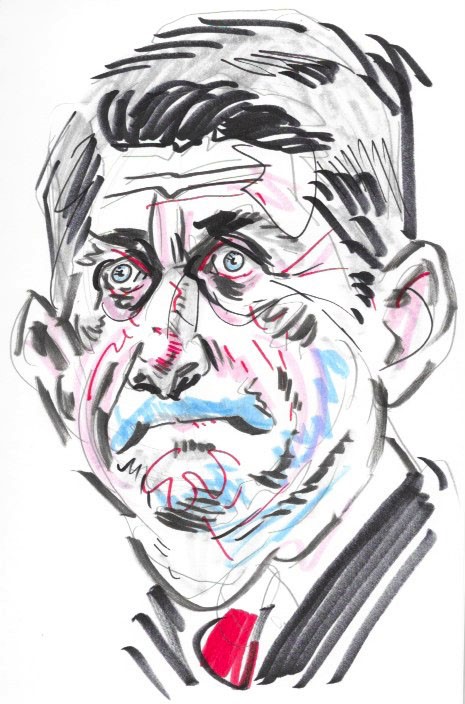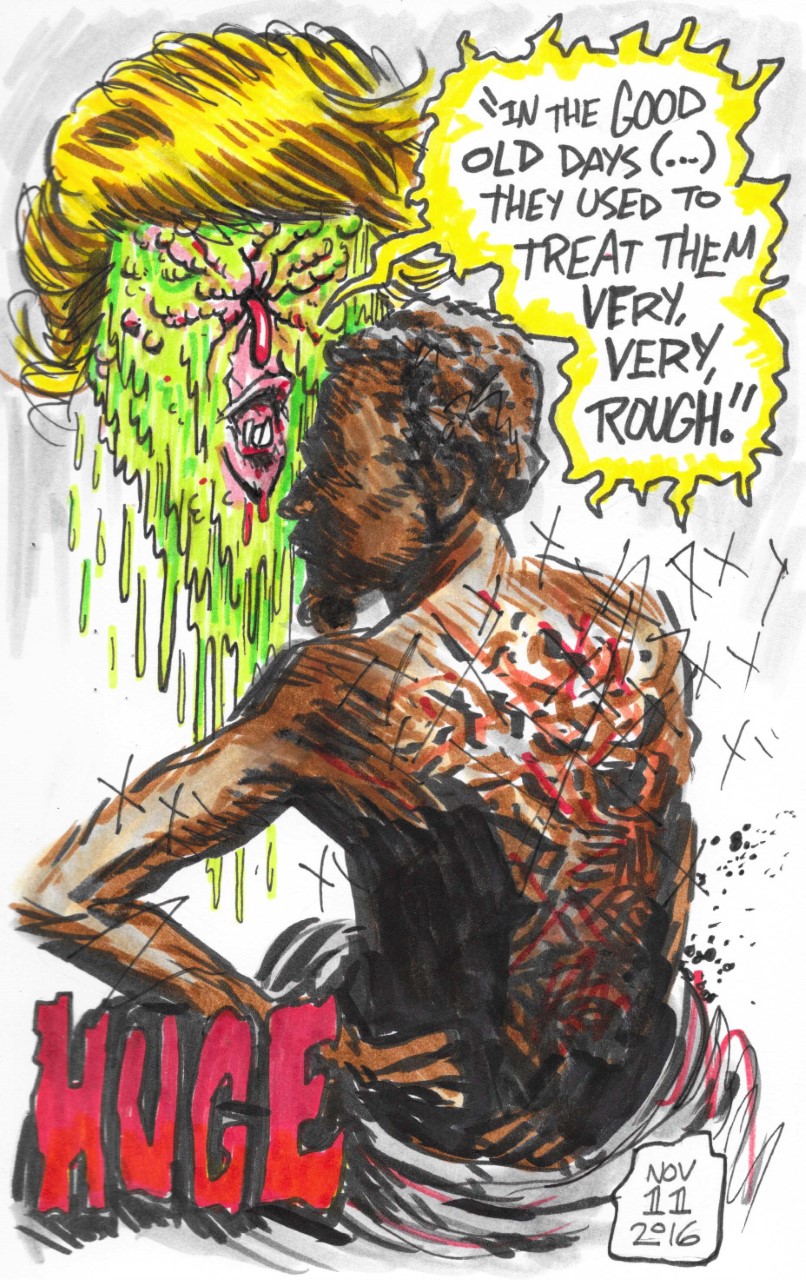Friday, January 23rd, 2016
In the few days prior to Trump becoming the President of the United States, even through a flickering awakeness, we know that given the power of the United States however in decline, the whole world is right now being funneled together for the long march into dreamland.


